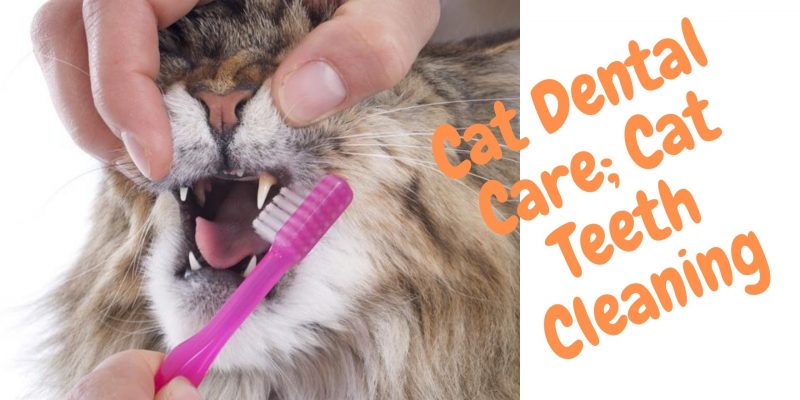
According to the American Veterinary Dental Society, pet dogs and cats are very susceptible to tooth and gum disease. 80% of dogs and 70% of cats show signs of illness for 3 years. Thus, as good cat owners, we should concern more about cat dental care and do cat teeth cleaning.
Have Cat Spraying Problem? Click Here to Learn How to Eliminate This.
Cat Dental Growth
Like humans, cats also have two sets of teeth. The first set is called milk teeth or deciduous. These milk teeth grow when the kitten is the 4-week-old. Milk teeth dentition continues until all the milk teeth appear all (26 teeth). It is usually up to a 6-week-old kitten. Milk teeth are not permanent and will fall when the cats are 11 to 30 weeks; it’s at the same age that human babies like to bite things when they grow new teeth. The kitten will also feel the pain in his gums, and may also experience a slight fussiness and decreased appetite because of illness.
During the period of milk teeth, the new permanent cat dental teeth will grow. The process of growth of the 30 permanent teeth usually lasts for 8-9 months. An examination by the vet needs to be done to find out whether all permanent teeth have fully grown. Sometimes, one or more of the milk teeth are not dislodged, or extra teeth appear. This will cause problems in the gums and tissues when there is an accumulation of teeth in the mouth.
Cat Teeth Cleaning; Brushing Cat Teeth.
Cat’s breath that smells bad usually shows cat dental or gum problems, and it’s the main reason people consult their cat to the vet. Like humans, cats also need their teeth to be checked by the vet twice a year, and they need their teeth to be brushed every day to maintain their dental health. Because cats can’t do it alone, it’s necessary to brush your cat’s teeth regularly when the cat is between 3-6 months old. It’s because, at 3 months, 85% of cats start having problems with their teeth.
To brush cat dental teeth, you can use a child’s toothbrush or a special toothbrush for pets (which can be purchased at pet stores) and use a special toothpaste. Don’t use human toothpaste because it’s not suitable for cats.
You can begin by brushing 1 or 2 cats’ teeth slowly and reward the cat with his favorite cat treat each time he doesn’t fight or struggle when his teeth are brushed. Repeat it for the next day and do it a little longer. Reward your cat again. If the cat wriggled, stop brushing his teeth, and don’t give the cat a treat. Try to predict the level of tolerance and end the brushing with his favorite food before the cat wriggles. Gradually increase the length of time to brush your cat’s teeth. This way, it’s expected that within two weeks of regular brushing, overall the cat’s teeth; upper and lower jaws, teeth, front, and rear can be brushed well.
One more tip for cat dental cleaning: Try to brush your cat’s teeth first in the morning before feeding your cat.

